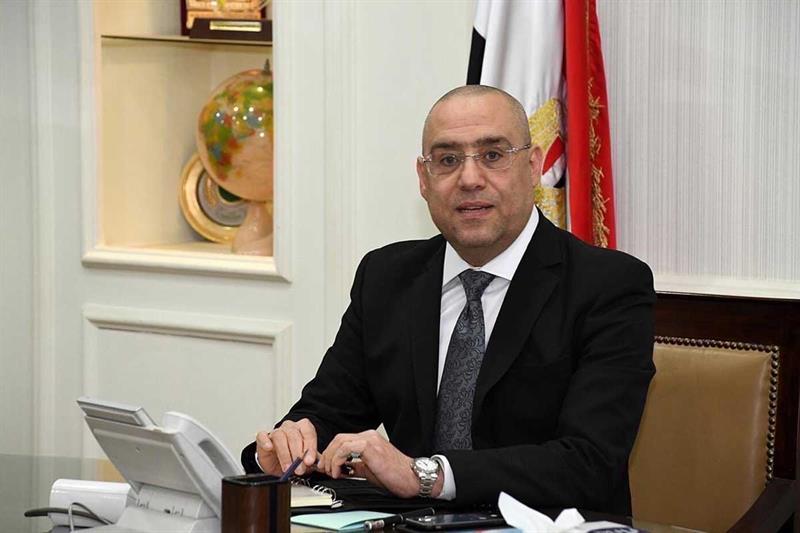
Egyptian Minister of Housing Assem El-Gazzar. (Photo courtesy of Ministry of Housing)
Some 293 drinking water and sewage projects from July 2014 to June 2022, have been implemented at a cost of more than EGP27 billion in the governorates of Cairo, Giza, Qalyubia, and Alexandria, according to a statement by the Ministry of Housing.
Meanwhile, the ministry is implementing 138 drinking water and sewage projects with a cost of EGP 18.2 billion, the statement cited the minister.
Egypt is one of the most water-scarce countries in the world, according to a previous statement by Minister of Irrigation and Water Resources Mohamed Abdel-Ati.
Egypt needs 114 billion cubic metres (bcm) annually but receives an average of 60 bcm only mainly from the Nile River in light of the very limited rainwater and groundwater in the desert, Abdel-Ati said.
The irrigation minister explained that Egypt overcomes water scarcity by importing 54 percent of its virtual water and reusing 42 percent of its renewable water.
Virtual water, which is the embedded water required to produce commodities and measured as a percentage of the already existing water resources, has been relied on for decades in the form of food imports and is increasingly recommended as a good policy for water-scarce areas.
Cabinet figures show that Egypt’s annual share of water is 560 m3 per person, placing the country well below the international threshold for water scarcity.
According to the UN, a population faces water scarcity when annual water supplies drop below 1000 m3 per person and “absolute scarcity” when it reaches below 500 cubic metres.
Short link:





















Discussion about this post